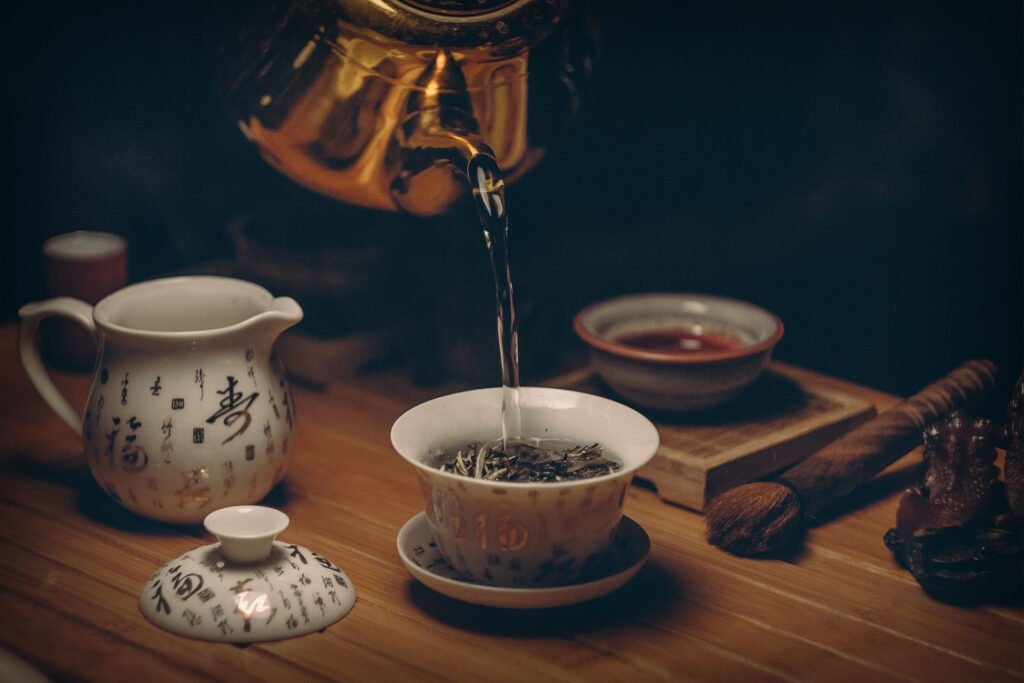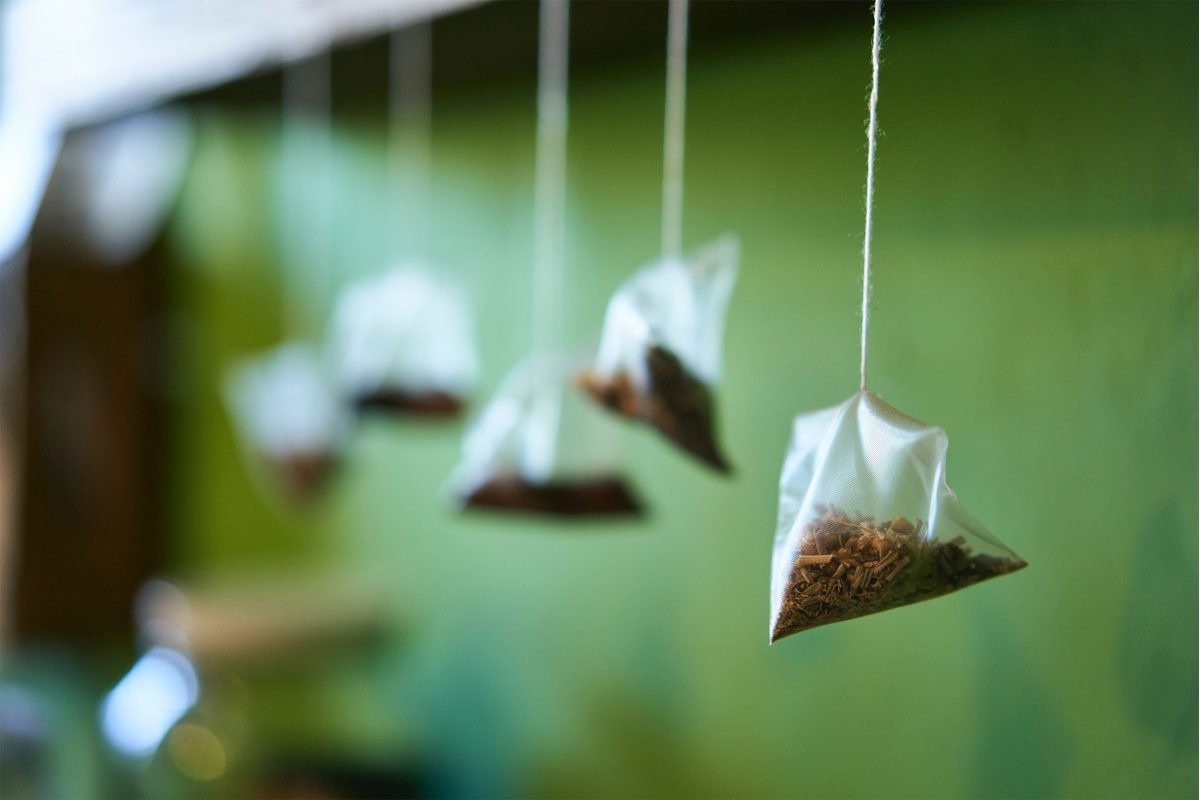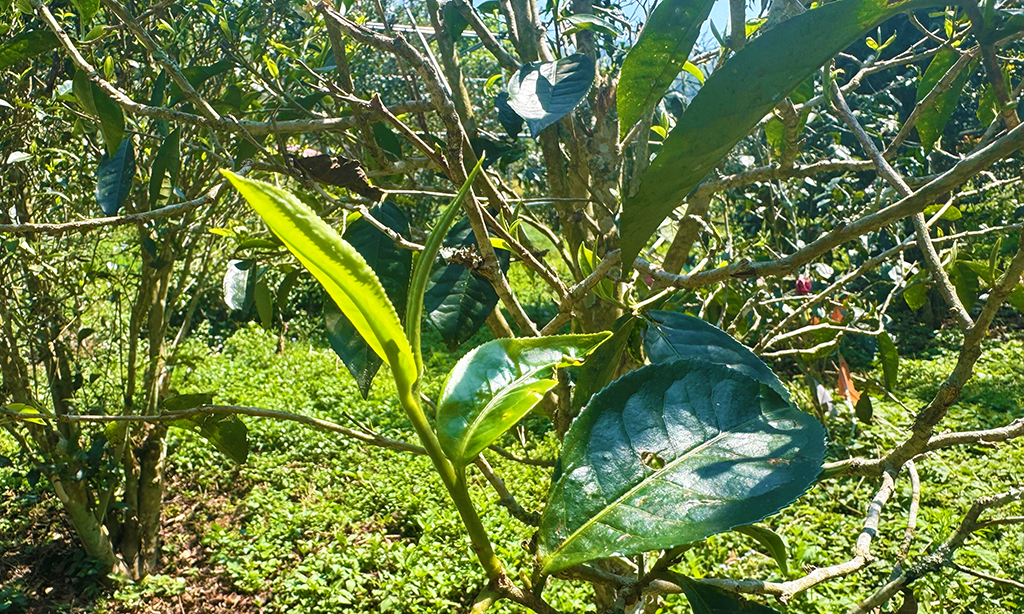Over the years, various tea packaging methods have developed, and we are left to decide what method produces the best tea. In 2737 B.C.E., when Emperor Shen Nong discovered tea, leaves flew from a nearby tree into his pot of boiling water. Obviously, in his case, the tea was created directly from the leaf without any external help like a tea bag or strainer. So, how did the tea bag even come about?


According to tea mythology, the tea bag came to be when a New York tea merchant, named Thomas Sullivan, began to send tea to his customers in small silken bags in 1908. To his surprise, some of his customers assumed that these bags were to be used in the brewing process, instead of emptying the contents into a pot.


Prior to the tea bag, the tea infuser has been documented as early as in the 17th century. This method of tea making became very popular in Great Britain; however, in China, tea infusers were not used due to the different tea leaves. It could be considered that tea infusers were unnecessary in China as the leaves needed more room to expand, but in Great Britain the tea leaves produced were more fine and small. Because of the small sized leaves, people used infusers to prevent the leaves from being left over in the tea while drinking.

There are many other methods of tea making that have been discovered today, but focusing on the three methods of early tea making, we are forced to consider which, if any one, is the best method?
When brewing tea with loose leaves there are many benefits. Among these benefits, include a full tea flavor, potential for resteeping, more possible variety, and an extended period of freshness. On the other hand, when using loose leaf tea leaves, you lose the convenience factor of a tea bag. It is very tempting to opt for a tea bag as it is so easy just to place it in your cup and take it out once the tea is done steeping. However, when using a tea bag, the tea contents inside usually consists of dust or small broken pieces of a tea leaf which is not as high quality as the whole leaf. With a bag, you will get a one note flavor, a one cup steep, a bitter flavor, a limited fresh time, and you will miss out on the traditional tea experience. Tea bags are convenient and quicker when you’re on the go, but is this convenience really worth it?
Additionally, tea infusers can be considered favorable as they are reusable, can easily be transported, and offer a quicker brew than loose leaves. However, the appealing appearance of these infusers lead to people looking past the actual mechanics of the tea making. In some cases, individuals are left unsatisfied with their tea after using an infuser because they did not account for how big its holes were and end up creating a cup full of leaves. In order to get the best results out of an infuser, one must consider the size of the tea contents in relation to the size of the holes in their infuser. Despite the downfalls of infusers, they do offer the possibility for a more complex tea flavor.
Tea bags and infusers are both very clever and important inventions for the making of tea. According to different scenarios, one can be more beneficial than the other. While loose leaves remain the most authentic way of making tea, it is understood that one does not always have the time or means to make tea in that way. Therefore, depending on one’s situation, loose leaves, tea bags, and tea infusers are all beneficial. If you’re in a rush or on the go a tea bag or infuser might be right for you, but if you are in need of a meditative tea experience, then loose tea leaves might be the way to go. Different tea methods were made to cater to your needs and ensure that you are able to create tea in any circumstance.








